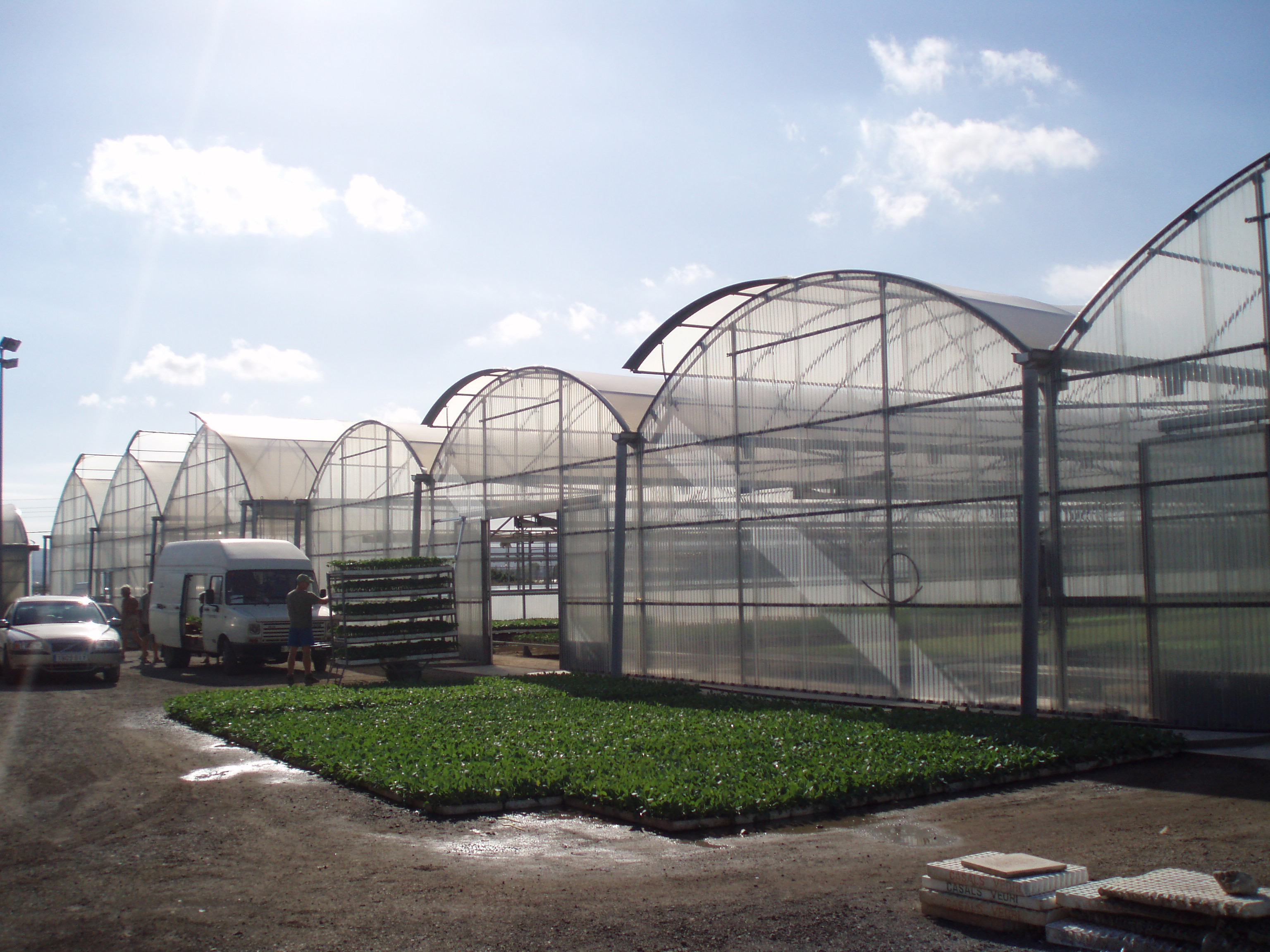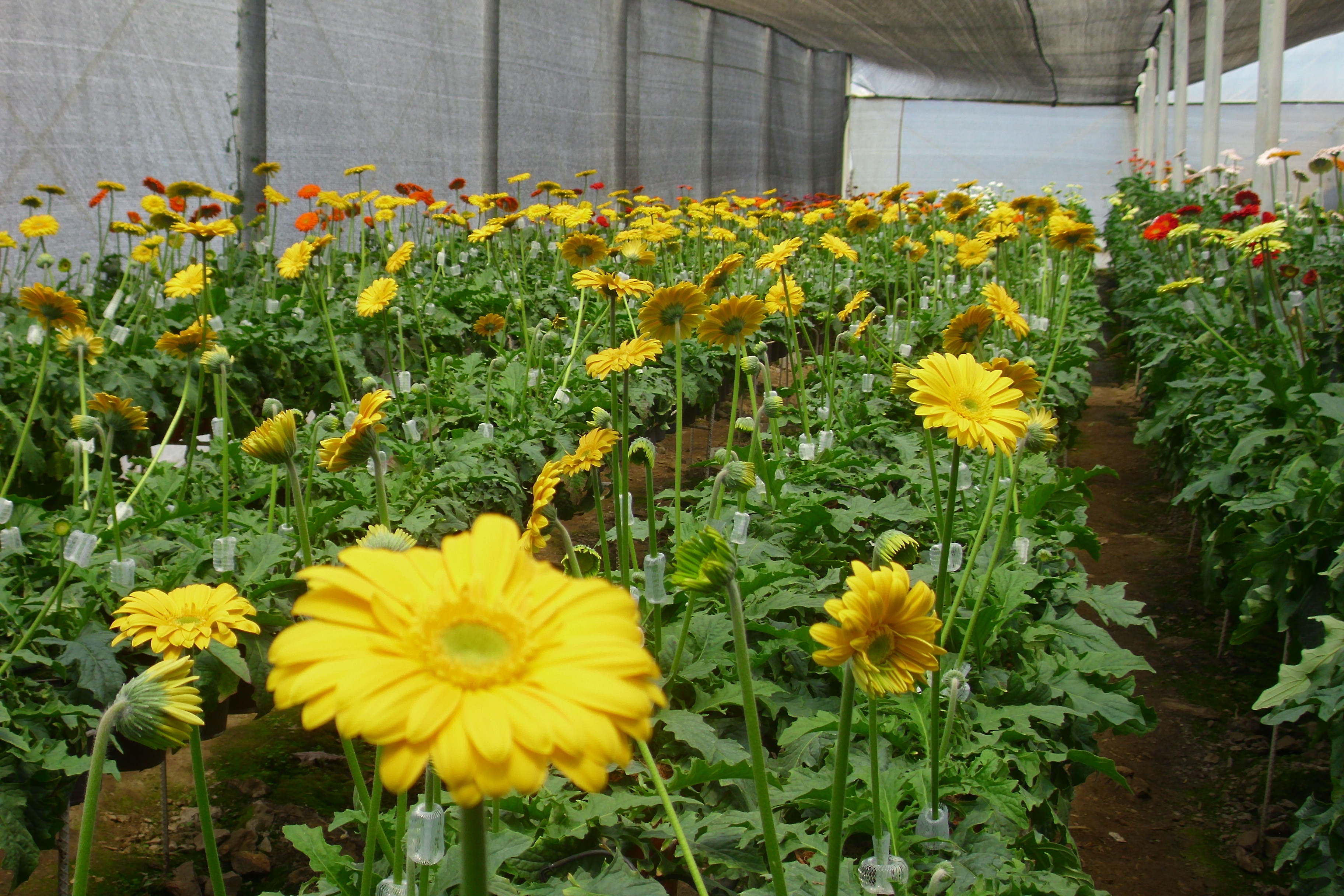Let's start by pointing out that a greenhouse is a closed structure that allows the cultivation of plants to take place in a protected environment, it is built with transparent materials, such as glass or plastic, that allow sunlight to pass through and maintain a warmer temperature inside, greenhouses can vary in size, from small tunnels to large commercial facilities.

Greenhouses have revolutionized agriculture managing plants in controlled environments, regardless of external climatic conditions, these structures offer numerous advantages, from protection against adverse elements to optimization of plant growth, in this publication, we will explore some details of greenhouses in agriculture, their benefits, types and important considerations.
Next we will describe the types of greenhouses, adapted to the needs and resources of each farmer :
Tunnel greenhouses: they are simple and economical structures, ideal for small producers, they consist of metal arches covered with plastic.
Glass greenhouses: They are more expensive, but offer greater durability and insulation. Glass allows a better transmission of sunlight and maintains a more stable temperature.
Polycarbonate greenhouses: Polycarbonate is a resistant and lightweight plastic material that offers good insulation and light transmission, it is a cheaper alternative to glass.
Shade mesh greenhouses: These greenhouses use a mesh to reduce the intensity of sunlight and protect the plants from excessive heat, they are ideal for hot climates.

Greenhouses have benefits, since they serve as crop protection before adverse conditions, that is, they protect plants from climatic factors such as frost, strong winds, intense rains, among other elements that can damage or destroy outdoor crops. Inside a greenhouse, it is possible to regulate the temperature, humidity and ventilation to create an optimal environment for plant growth, this allows to grow species that would not thrive outside due to local climatic conditions.

On the other hand, by controlling the environment, greenhouses allow extending the growing season of plants, this means that products can be grown throughout the year, regardless of the seasons or periods that each region presents. By providing ideal conditions for plant growth, greenhouses can increase the yield and quality of crops, plants grow faster, are healthier and produce better quality fruits. Plants being protected in a closed environment, are less susceptible to pests and diseases, this reduces the need to use pesticides and other chemicals, which benefits both consumers and the environment.
If you want to establish a greenhouse, the location must be taken into account, since it must receive enough sunlight and be protected from strong winds, the choice of construction materials will affect the durability, insulation and light transmission of the greenhouse, good ventilation is essential to regulate the temperature and humidity inside the greenhouse, it is important to choose an efficient irrigation system that suits the needs of the crops and the producer, in addition, strategies should be implemented to prevent and control pests and diseases in the greenhouse.
In summary, dear readers, greenhouses have proven to be a valuable tool in Moderna agriculture, they offer numerous benefits, from crop protection to optimizing their growth, by carefully considering the different types of greenhouses and important factors, farmers can make the most of this technology and improve their production.
Thank you for reading our article, until a next publication.
| Bibliographic references |
|---|
- Urbano, P. (2008). Phytotechnics, plant production engineering. Mundi-prensa, Madrid: Spain.
Sources
- Photography and images: The photogaphies used some are in the public domain and others are the property of the author, the public domain photographs can be verified in the link found at the foot of each photograph.
- Agrotecnia banner: made by the author @amestyj with own images
- Hive Banner: Designed by the author @amestyj with image owned by hive.


